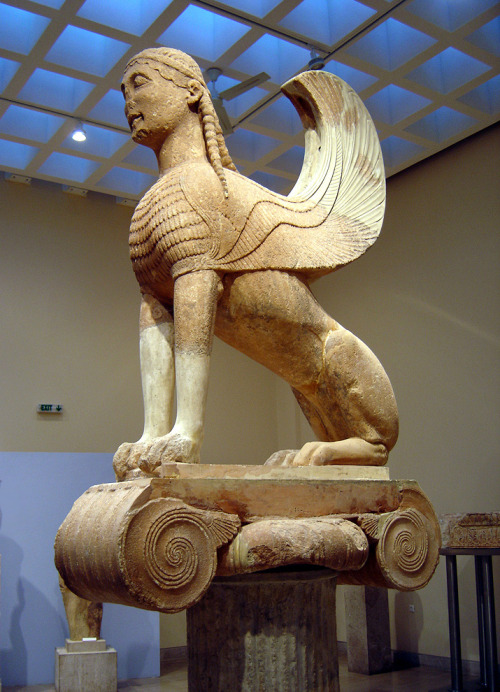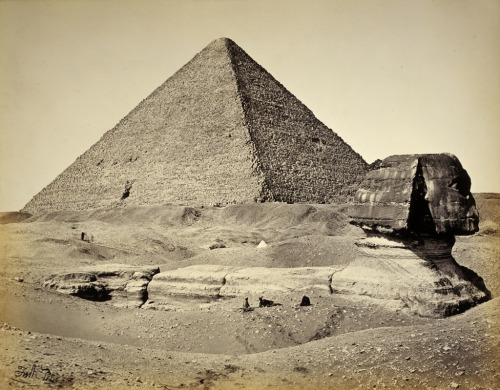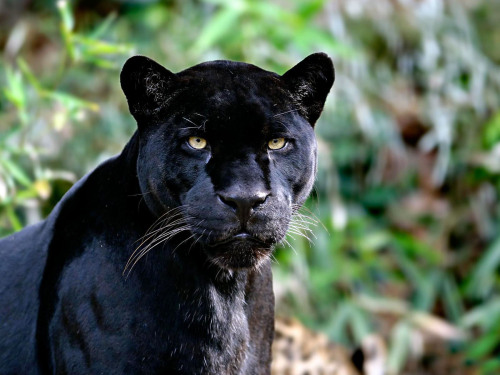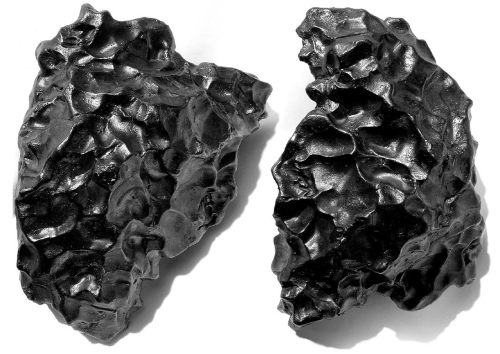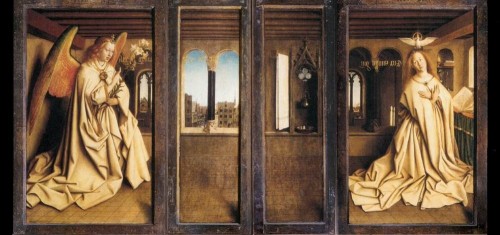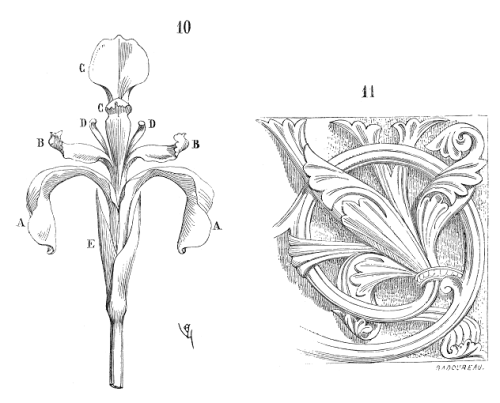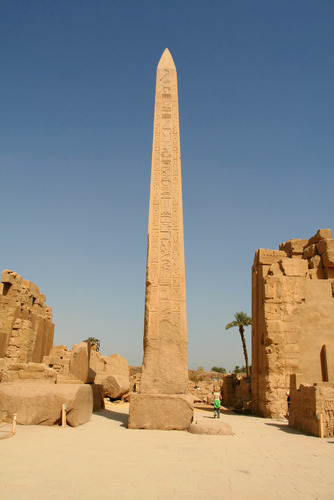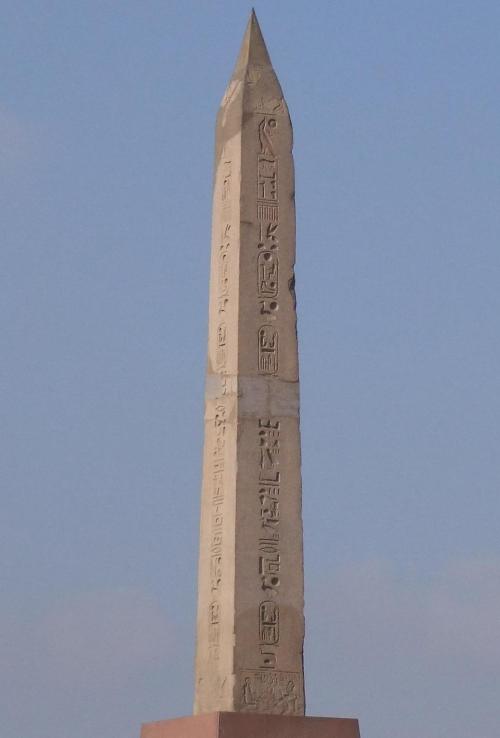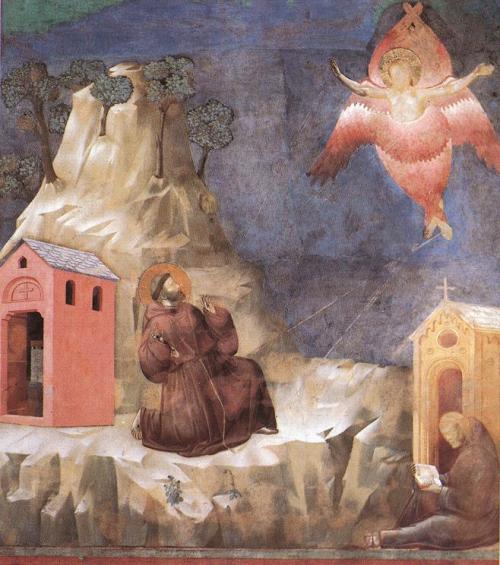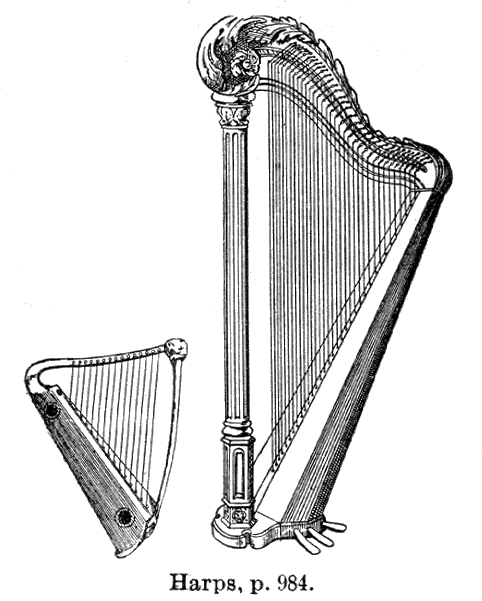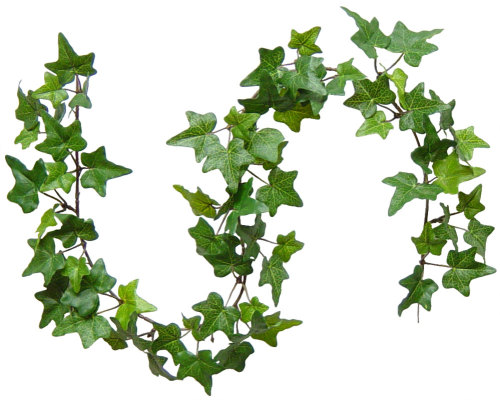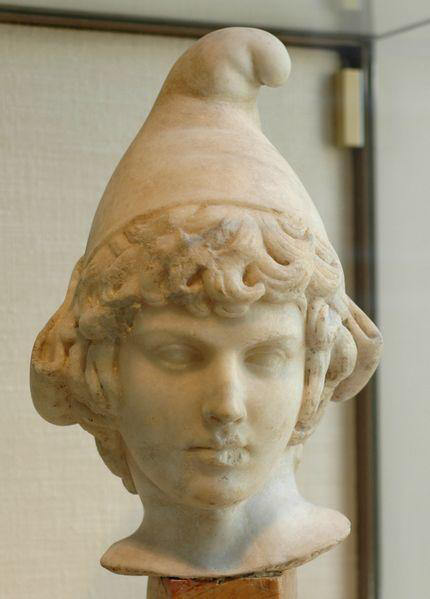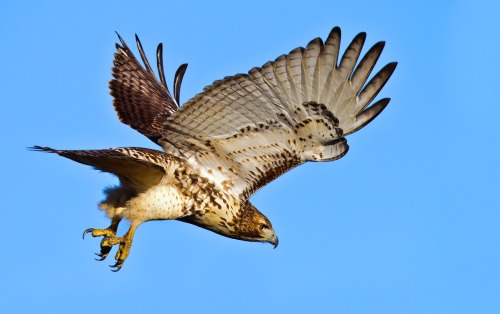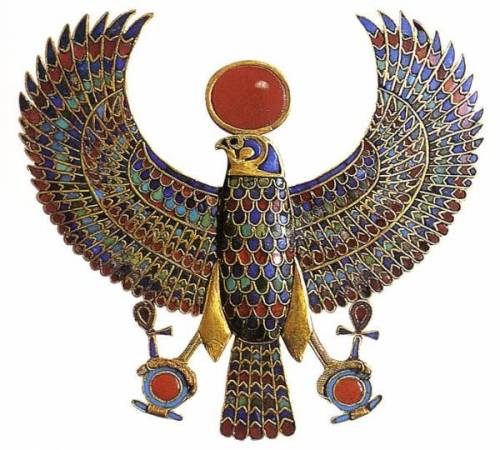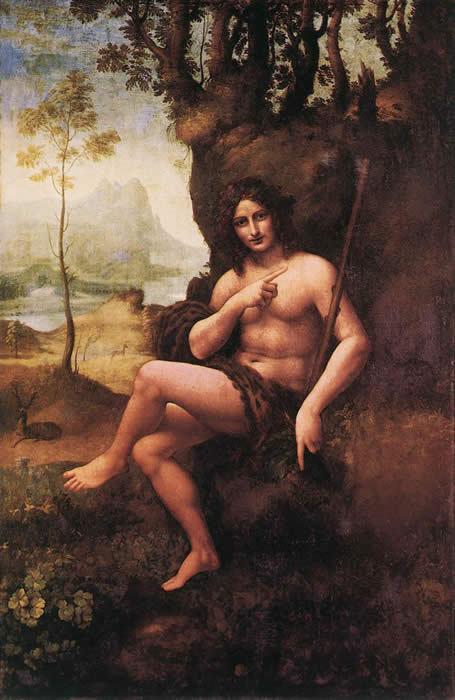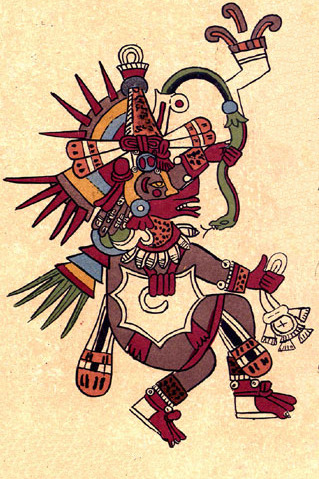#ancient religion
Hyssop
Purging; purification; an apotropiac. In Christianity, it signifies penitence; humility; its purgative properties depict innocence regained, hence baptism.
Post link
Sphinx
The mysterious; the enigmatic; power; Ra, god of the rising sun; wisdom; royal dignity; vigilance; strength.
With the head of a man, or woman, body of a bull, feet of a lion and wings of an eagle, it represents the four elements and combination of physical and intellectual power, the natural and the spiritual power incarnate in the Pharaoh.
The androsphinx is human-headed and represents the union of intellectual and physical powers; the criosphinx has a ram’s head and depicts silence; the hieracosphinx is falcon-headed and is solar; an all-lion-bodied sphinx, without wings, signifies power.
The Theban sphinx is funerary, a protector of graves and denotes wanton destruction and is an enemy of mankind.
The Greek sphinx is female-headed; the Minoan sphinx wears the ‘lily crown’.
The human-headed sphinx is also suggested as human spirit overcoming animal instincts.
[Source: An Illustrated Encyclopedia of Traditional Symbols by J.C. Cooper]
Post link
Night
Like darkness, the night signifies the pre-cosmogenic, pre-natal darkness preceding rebirth or initiation and illumination, but it is also chaos; death; madness; disintegration; reversion to the foetal state of the world.
Night is also, according to Hesiod, the ‘Mother of the Gods’, the enveloping, maternal aspect of the feminine power, usually symbolized by a female figure with a star-spangled veil, holding a child, one black (death) and one white (sleep), on either arm; or by the crescent moon, or poppies, or the owl, or black wings.
As all-devouring time, day and night can be depicted as a white and a black rat.
Going by night symbolism esotericism.
[Source: An Illustrated Encyclopedia of Traditional Symbols by J.C. Cooper]
Post link
Jaguar
Aztec: The powers of darkness in conflict with the solar eagle.
Mexican: The messenger of forest spirits.
Shamanistic: The jaguar is sometimes a familiar spirit of, or a form taken by, the Shaman.
[Source: An Illustrated Encyclopedia of Traditional Symbols by J.C. Cooper]
Post link
METEORITE
Folk Names: Aerolith, Aerolite
Energy: Projective
Planet: none, meteorites are associated with the Universe
Elements: Akasha, Fire
Deity: The Great Mother
Associated Stones: Peridot, Diamond
Powers: Protection, Astral Projection
Magical/Ritual Lore:
Meteorites have long been held in fascination by humans. They have been thought to be gifts from the gods and goddesses. Certain meteorites, such as the Kaaba stone in Mecca and a stone thought to represent the Great Mother Goddess of Phrygia, have been worshipped as symbols of divinity.
A four-ton stone has been revered in China as a holy object since the 1200’s. The stone, shaped like a crouching ox, resides in a Bhuddist shrine. Recently, however, a team of Chinese geologists studied
the stone and determined it to be a meteorite that landed about 1,300 years ago. The stone is no longer worshiped. In Babylon the meteorite was a powerful magical protectant. It was thought to remove all evils due to its strange appearance and the "roar of its awful might.“
Peridot is often found in meteorites. I held a small cut meteorite recently and studied the green peridot crystals that were packed inside it. The stone was worth about $3,000, so it didn’t go home with me. Recently, tiny diamonds were found inside meteorites that fell in Mexico in 1969-the first discovered that had formed off of our planet.
At one place or another on Earth, meteorites were used to explain the origin of life. If rocks fell to the earth from space, so too could plants, water, animals and people.
Symbolically, meteorites can be viewed as the spiritual penetrating the physical, as astral power, divine order or whim, though a friend of mine says they’re the melted remains of spaceships from distant galaxies!
Magical Uses:
Meteorites are unearthly things, literally. They possess the powers of intergalactic flight, of movement, of speed, and of energy unhindered by gravity.
Use them in rituals of protection. Place one on the altar near white candles; or carry in the hand.
They are also called upon to promote astral projection. A small meteorite or a fragment of one is placed beneath the pillow during attempts at conscious astral projection.
Yes, they are available for sale at reasonable prices. I visited the Reuben H. Fleet Space Theatre’s gift shop in San Diego a few days ago and found small meteorites for $3.00.
[Source: Cunningham’s Encyclopedia of Crystal, Gem, & Metal Magic by Scott Cunningham]
Post link
Lily
Purity; peace; resurrection; royalty.
Sacred to all Virgin Goddesses, the Mother and Maid, the One and the Many.
The lily also represents the fertility of the Earth Goddess and later of the sky gods.
The lily in the West shares the symbolism of the lotus in the East.
A branch of lilies depicts virginity, also regeneration and immortality.
Alchemic: The white lily is the feminine principle
Christian: Purity; innocence; the Virgin Mary; its straight stalk is her godly mind, its pendant leaves her humility, its fragrance is divinity, its whiteness is purity; it is also a symbol of the Annunciation and of virgin saints, as chastity; it is the flower of Easter. Dante calls it the ‘lily of faith’. The lily among thorns depicts the Immaculate Conception as purity in the midst of sins of the world. In art a lily on one side and a sword on the other depict innocence and guilt.
Egyptian: Fruitfulness, but the lotus is more frequently used in Egyptian symbolism.
Graeco-Roman: Purity; it sprang from the milk of Hera and is an emblem of Hera/Juno and of Diana as chastity.
Hebrew: Trust in God; emblem of the tribe of Judah.
Islamic: Its symbolism can be taken by the hyacinth.
Minoan: Chief attribute of the goddess Britomartis.
Sumero-Semitic: Fruitfulness; fecundity.
[Source: An Illustrated Encyclopedia of Traditional Symbols by J.C. Cooper]
Post link
Obelisk
Phallic; male generative power; fertility; regeneration; stabilizing force.
It is also an axis mundi and the Tree of Life, a ritual world center, a ‘finger of the sun’.
In Egypt it denotes Ra; the ray of the sun; solar generative power.
[Source: An Illustrated Encyclopedia of Traditional Symbols by J.C. Cooper]
Post link
Seraphim
Divine love; divine heat; the fervour of devotion, ‘the fire of charity’ (Dante).
In Isaiah it is stated: 'Each had six wings, with twain he covered his face, with twain he covered his feet and with twain he did fly.’
In Heraldry, a seraph’s head is depicted as that of a child, as purity, with three pairs of wins.
The highest of the nine orders of angels.
[Source: An Illustrated Encyclopedia of Traditional Symbols by J.C. Cooper]
Post link
Harp
Shares the symbolism of the ladder as leading to the next world. The harpist is Death. An emblem of King David in the Old Testament, and of Wales, and an attribute of Dagda, the Celtic fire god, who calls up the seasons and whose playing originally brought about the change of the seasons.
[Source: An Illustrated Encyclopedia of Traditional Symbols by J.C. Cooper]
Post link
Ivy
Like all evergreens, the ivy is immortality and eternal life; it is also revelry; clinging dependence; attachment; constant affection; friendship.
Christian: Everlasting life; death and immortality; fidelity.
Egyptian: ‘The plant of Osiris’, immortality.
Greek: Sacred to Dionysos who is crowned with ivy and whose cup is an 'ivy cup’; his thyrsus is encircled with ivy and one of his emblems is a post sprouting ivy leaves.
Semetic: Sacred to the Phrygian Attis; immortality. The ivy-leaf is phallic, depicting the male trinity.
[Source: An Illustrated Encyclopedia of Traditional Symbols by J.C. Cooper]
Post link
Hawk
A solar bird with much the same symbolism as the eagle; it is an attribute of all sun gods and represents the heavens; power; royalty; nobility.
Like the eagle, it was regarded as being able to fly up to the sun and gaze on it without flinching.
Gods with a hawk, or hawk-headed, are sun gods.
Aztec: A messenger of the gods.
Egyptian: The royal bird; the Spirit; the soul; inspiration; the Bird of Khensu; Ra, the sun. Other gods with hawks, or hawk-headed, are Ptah, Horus, Mentu, Rehu, Sokar, Kebhsenuf. The hawk-headed crocodile is Sebek-Ra; the sphinx is sometimes hawk-headed. The hawk is also an emblem of Amenti, Great Mother and goddess of the West and the underworld.
Graeco-Roman: The ‘swift messenger of Apollo’; attribute of Circe.
Hindu: Gayatri, the hawk, brought soma from heaven. The hawk is also a vehicle of Indra.
Iranian: An attribute of Ahura Maxza, or Ormuzd, as light.
Mithraic: An attribute of Mithra as sun god.
[Source: An Illustrated Encyclopedia of Traditional Symbols by J.C. Cooper]
Post link
“Endymion the shepherd,
As his flock he guarded,
She, the Moon, Selene,
Saw him, loved him, sought him,
Coming down from heaven
To the glade on Latmus,
Kissed him, lay beside him.
Blessed is his fortune.
Evermore he slumbers,
Tossing not nor turning,
Endymion the shepherd.”
From the third-century poet Theocritus.
[Source: Mythology, Timeless Tales of Gods and Heroes by Edith Hamilton]
Post link
“O Bacchanals, come,
Oh, come!
Sing Dionysus,
Sing to the trimbel,
The deep-voiced trimbel!
Joyfully praise him,
Him who brings joy!
Holy, all holy
Music is calling!
To the hills, to the hills,
Fly, O Bacchanal
Swift of foot!
On, O joyful, be fleet!”
[Source: Mythology, Timeless Tales of Gods and Heroes by Edith Hamilton]
Post link
The Aztec religion, polytheistic and based on nature incorporated the main god of tribes they conquered. This, however, gave them such a large amount of gods that it became impossible to worship them all. Which led to the formation of separate cults which worshiped one god supreme and others as minor gods. This can be compared loosely to the many separate branches of Christianity such as Protestant, Catholic, Lutheran, or in particular, to Catholicism and the Saints.
Aztec legend of the creation of mankind and the origins of the Aztec tribe tie directly into reasons for human sacrifice. The main points in these legends is that the gods sacrificed for humans, thus, humans must sacrifice for the gods. Furthermore, the gods depended on humans for the precious liquid chalchihuatl, – human blood to sustain themselves. In Catholicism Christ was crucified to pay for human sins, in turn, Catholics sacrifice during lent, but also throughout the year. There is a close parallel between the Aztec gods need for blood and Catholic communion: the Catholic priest who is the representative of god is always the first one to drink the communion wine, the symbol of blood.
Another parallel is the legend of the creation of the Aztec tribe and the creation of the god Huitzilopochtli, one of the most important Aztec gods.
Huitzilopochtli was conceived spontaneously by a ball of down touching his mother. In Catholicism the Virgin Mary was visited by an angel with feathered wings to tell her that she was to give birth to the Messiah.
Moreover, Huitzilopochtli the god of the sun made the Aztec his chosen people in the same manner that the Hebrews where God’s chosen people in Judaism. Since Christ the Messiah was Jewish, the followers of Christ became the chosen people of god. Another very similar characteristic between the two religions is the fact that they both had saviors. Jesus Christ came to earth to teach humans religion and proper behavior; the god Quetzalcoatl also came to teach people this. They both said that they would come again.
The Aztecs view of death was similar to the Christian view. They believed that there was a hell called Mictlán and a Heaven called Tlalocán. Mictlán was ruled by the god Mictlatecuhtli and Tlalocán was ruled by Tlaloc the rain god and Huitzilopochtli the warrior god in the same manner that Satan rules hell and Jesus and God rule heaven.
The world of the dead was composed 9 levels below and 13 levels above the earth. The period in hell was not permanent but considered a 4 year journey, during this time the family of the deceased made many offering and sacrifices to make the journey easier. The remnants of this Aztec belief is the present day Mexican celebration of Día De Los Muertos where people set up altars for the deceased and make food offering. In preparation for De Los Muertos candy skeletons and skeleton bread are sold throughout Mexico, this has grounds in the fact that Mictlatecuhtli the Aztec god of the dead was a skeleton.
The Aztecs’ belief in how to arrive in heaven are very different from most main stream religions. They believe that entrance to heaven is based on the amount of suffering during life. For instance a new born baby would go to hell for he had not suffered enough during life. In Catholicism a baby would go to limbo if not baptized prior to death for Baptism in the catholic faith is the washing away of original sin. Limbo is a midway point between heaven, hell and earth.
But if a baby is baptized before death, he is immediately guaranteed entrance in heaven. The people who had suffered such as warriors, sacrificial victims, mothers who died giving birth and slaves were to enter heaven, just like good people do in the Catholic religion. Furthermore, stealing was considered bad as where most things looked upon as sins in Catholicism. The Aztec temples were a place of worship like a church.
The Spanish priests were quick to see these parallels and made use of them. The priests used the already existing religion and made changes. For instance they might change the savior’s name from Quetzalcoatl to Christ they might change the virgin from Coatlicue to Mary and the method of virgin conception from a ball of down to the speaking of a Feathered angel. These changes made it easy for the Aztecs to switch religions. One of the most important factors was that by converting to Catholicism the Aztecs were given the opportunity to place themselves on the social ladder with the Spanish. This means that Mexico started to form a new culture mixed with both the Spanish and Aztec in both blood and ideals.
Post link




